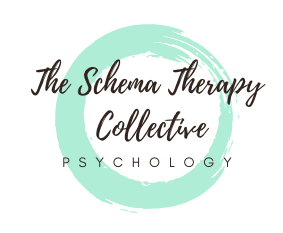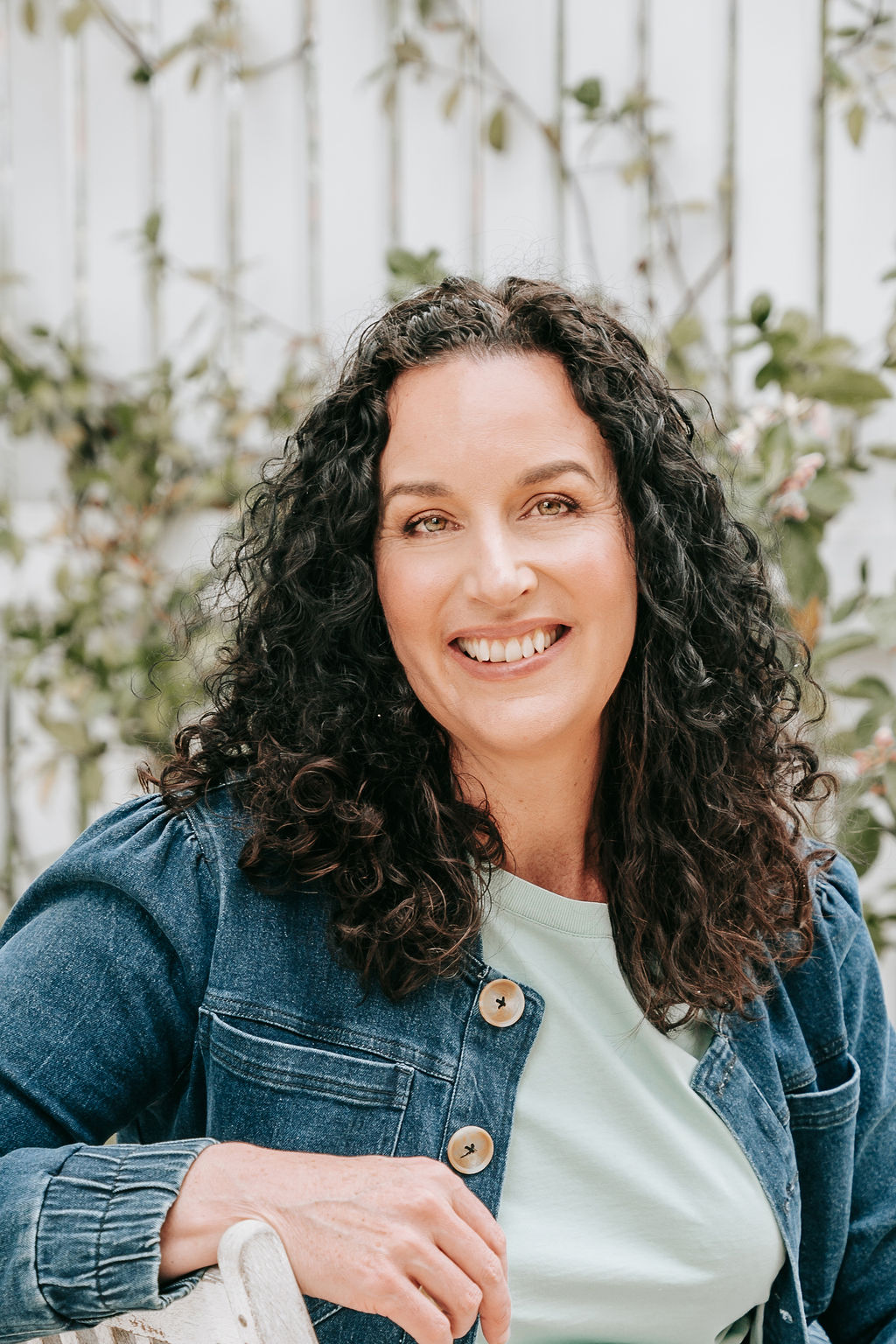When your schemas activate, it can feel very painful and overwhelming. Often the inner critic joins in as well, making things even more overwhelming.
For this reason, a coping mode forms to prevent you from coming into contact with your schemas and critic mode.
In schema therapy, a mode is a label for a part of self. We all have parts of self that make up our personality and we can experience ourselves differently in different moments.
A simple way to think about parts of self can be seen in this typical example in life which you might express wanting to respond differently in any moment. For example “a part of me wants to study and a part of me wants to go to the party and a part of me wants to do nothing at all” or “there’s a part of me that handles criticism well but another part of me feels so hurt it is unbearable and I just feel so small”.
Coping modes help you survive in childhood and are adaptive to your situation when you are developing. As an adult, you are likely to continue to use your coping modes, even if you no longer need them to survive your situation. This is because it becomes very familiar and even automatic or unconscious to use your coping mode.
It can feel safer to stay in your coping mode than to be vulnerable or face a situation without it. The downside is, coping modes do not allow your emotional needs to be met and can block you from being able to express your authentic self and from experiencing meaningful relationships with others.
In schema therapy are three main styles of coping modes.
Avoidant modes: An avoidant coping mode works to avoid triggering your schemas. It helps protect you from painful or uncomfortable feelings associated with the schemas and critic activation. This can happen through avoiding situations or relationships, becoming numb or dissociated from your feelings, or using substances such as drinking alcohol or taking drugs, including over-the-counter and prescription drugs that change the way you feel. There are different types of avoidant modes such as Avoidant Protector, Detached Protector, Detached Self-Soother, Spaced Out Self-Soother.
Overcompensation modes: An overcompensation mode flips your schemas and you will think, feel and act as if the opposite of your schemas are true. For example, if you have the defectiveness/ shame schema you may use a self-aggrandizing mode that allows you to feel superior, powerful, and good and avoid the painful emotions of the defectiveness/shame schema. There are different types of overcompensation modes including Angry Protector, Self-Aggrandiser Mode, Bully and Attack Mode.
Surrender modes: A surrender mode is when you act, think, and feel like your schemas are true. By surrendering or resigning to your schemas, you repeat the patterns you know and believe and by doing so you do not challenge your schemas. By not challenging your schemas, you will tend to have less critic mode activation but will also be stuck repeating the same cycle with limited choices. There are different types of Surrender Mode including Compliant Surrender, Helpless Surrender and Martyr Mode.
Understanding your coping modes, when you use them and what schemas trigger them is an important part of schema therapy. Usually, you will name your coping mode its own name that makes sense for you. For example, you may use a name like People Pleaser for your compliant surrender mode and Queen Bee for your self-aggrandiser mode. Through the course of schema therapy, you will learn to use your coping modes less and use your Healthy Adult mode more, so that you can get our emotional needs met.
Reference:
Jacob, G. van Genderen, H. & Seebauer, L. (2011). Breaking negative thinking patterns. A schema therapy self-help and support book. UK: Wiley & Sons
Flanagan C., Atkinson, T. & Young, J. (2020). An Introduction to schema therapy. In G. Heath & H. Startup (Eds). Creative Methods in Schema Therapy. Routledge.


